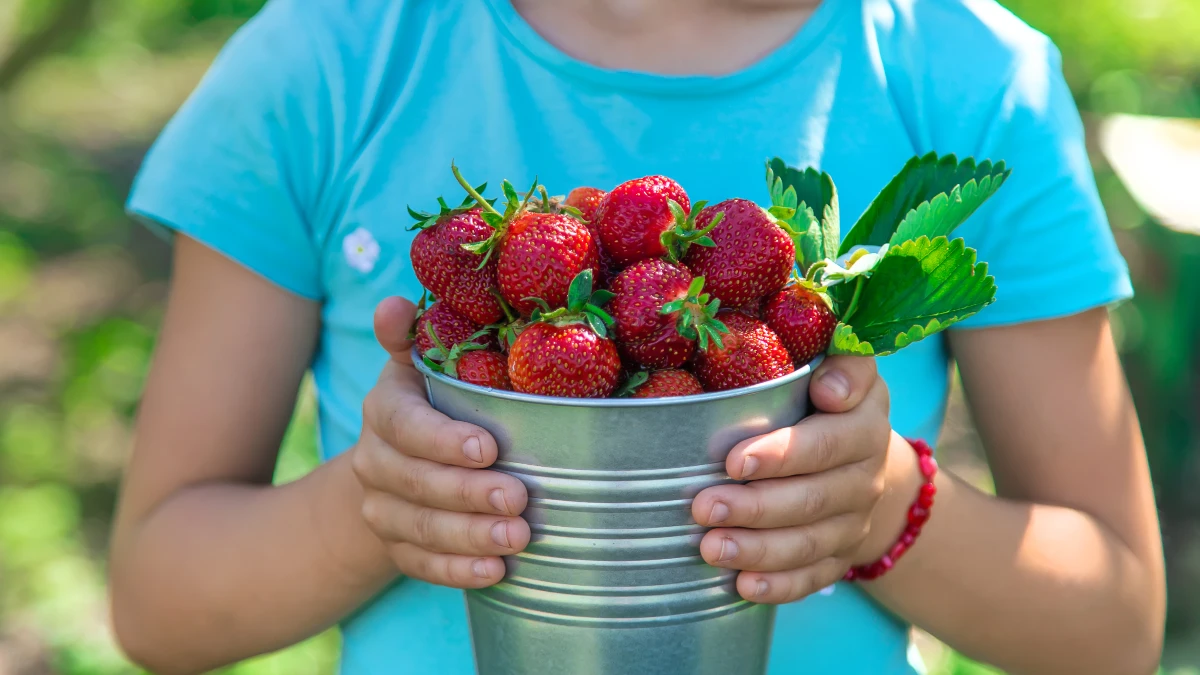You don’t need a garden bed to pick bowls of berries—just the right planter and a few setup tricks. If your last attempt fizzled, it probably wasn’t you—it was the container. Many “cute” pots are too small, crammed with plants, or hard to water evenly. That combo shrinks berries and invites mold.
This guide cuts through the noise with strawberry planter ideas that actually produce: stackable towers, vertical strawberry planter systems, hanging strawberry planter setups, pallet planters, fabric grow bags, and more. You’ll get a quick sizing-and-spacing cheat sheet (so roots aren’t starved), soil and pH basics, exact sun and watering targets, a simple feeding schedule, nimble bird/pest protection, and overwintering options (or when to treat plants as annuals).
For proof-backed targets: University of Minnesota Extension says strawberries thrive with 10+ hours of sun (≥6 minimum). Wisconsin Horticulture (UW–Madison) recommends long, narrow containers and sets 12 inches as a practical minimum for round pots; 8–10 inches of depth is a realistic floor for root health. Aim for that size—or bigger—for consistent moisture and yield. With the right container and a few care habits, you’ll be picking fruit from spring into fall—even on a balcony.
Strawberry Planter Ideas
Vertical Towers: Big Harvests in Tiny Footprints
Fast overview for stackable pocket towers—optimize sun, watering, and plant count for maximum berries per square foot.
- Full sun on all sides: place away from walls or rotate to avoid “shady tier syndrome.”
- Even moisture: top reservoir or timed fill; add a drip ring if your climate is arid.
- Balance: load lower tiers first to reduce top-heaviness on windy balconies.
1) Stackable vertical towers (e.g., GreenStalk)
If you want maximum fruit per square foot, a tiered vertical strawberry planter is hard to beat. GreenStalk’s 5-tier tower has 30 pockets (~19″ wide × 55″ tall, ~40 gal of media). Plant one plant per pocket and top-water via the built-in reservoir so each tier gets an even share.
Pros: exceptional yield density; tidy footprint; simplified watering; fewer slug issues.
Cons: higher upfront cost; needs full sun exposure on all sides; tall columns can dry faster in wind—mulch and monitor. (Specs per GreenStalk.)
2) Hanging baskets (12–14″)
Great for patios and to lift fruit away from slugs. Use a sturdy, lined basket 12–14 inches wide and plant 2–4 plants depending on size (many gardeners succeed with 2–3 in 12–14″, while BBC Gardeners’ World uses 4 in a 35 cm/14″ basket). Keep crowns level with the mix and snip runners.
Pros: space-saving; good airflow; easy to net; attractive.
Cons: dry out quickly—daily watering in hot spells; less media = tighter feeding/watering window. (Savvy Gardening; BBC Gardeners’ World.)
3) Terracotta strawberry jars (with side pockets)
Classic look and good airflow, but terracotta is porous and dries fast; pockets can be tricky to irrigate evenly. If you love the style, consider a central watering tube and be diligent with moisture. The Royal Horticultural Society also notes traditional “strawberry pots” can be hard to maintain for productivity, so scale expectations or upsize to a large jar.
Pros: beautiful; fruit dangles clean.
Cons: rapid drying; uneven wetting; careful watering needed. (RHS; Savvy Gardening.)
4) DIY pallet planter (box-style)
A lined pallet box creates a deep, compact bed that can hold a dozen+ plants with excellent root volume. Line with landscape fabric, fill with quality potting mix, and plant through slits from the inside out for tidy pockets.
Pros: inexpensive; scalable; deep soil = steadier moisture.
Cons: requires build time; confirm heat-treated (HT) pallets only. (Lovely Greens—updated methods and 2024 planting tutorial.)
5) Fabric grow bags / 5–7 gal buckets
Fabric “strawberry grow bag” planters breathe well and moderate root temps. In warm regions, ~4 plants per 5–7 gal works; go lighter in cooler or low-sun sites. Buckets need ample drainage holes around the lower sidewall.
Pros: lightweight, affordable; easy to move.
Cons: fastest drying of all—monitor daily in heat; fertilize little-and-often. (Alabama Cooperative Extension.)
Planter Size, Depth & Spacing: What Actually Works
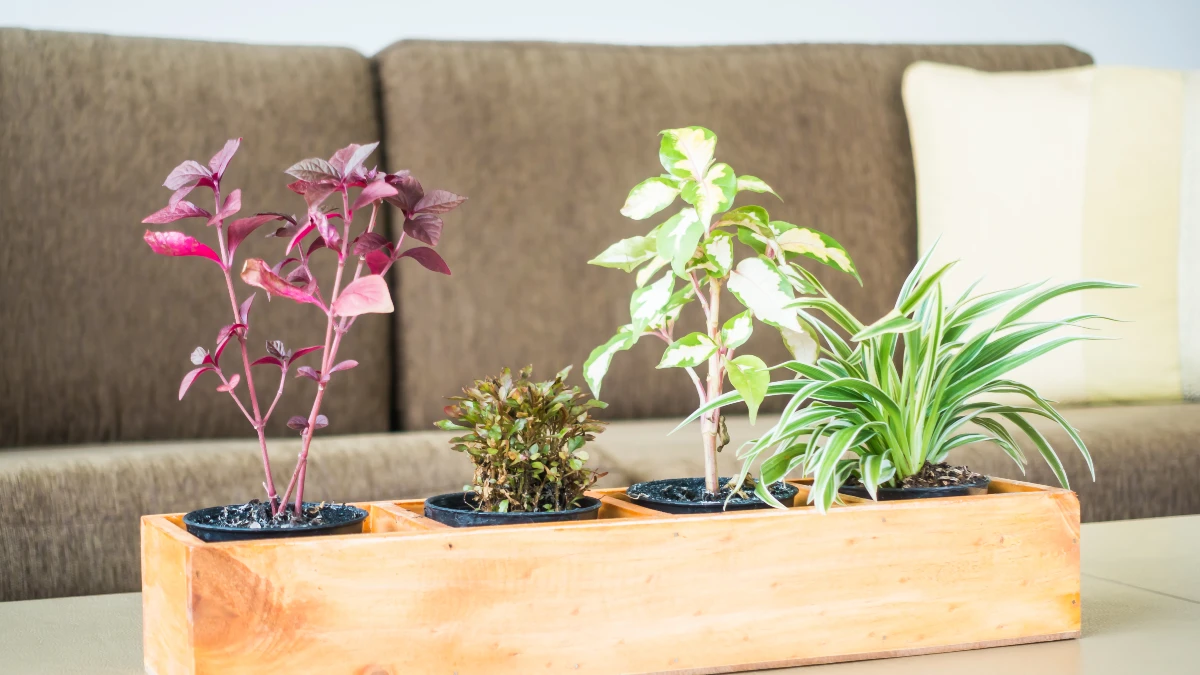
Start with real minimums. For containers, shoot for ~12 inches diameter and ~8–10 inches depth so roots don’t stall and media doesn’t desiccate between waterings. University of Wisconsin–Madison Horticulture highlights that long, narrow containers often out-yield round pots for strawberries; if you can choose a trough/window-box form, do it. Iowa State University’s Yard & Garden likewise advises ≥12″ diameter × 8″ deep as a sensible floor.
Pocket/tier systems: Follow manufacturer spacing—one plant per pocket on towers such as GreenStalk. Cramming two in a pocket starves both of air and nutrients.
Round pots (12″): Oregon State University Extension notes you can grow up to 4 plants in a 12″ pot—that’s a realistic ceiling for vigor and airflow. Remove runners so energy goes to fruit.
Hanging baskets (35 cm / 14″): Successful recipes range from 2–3 plants in a 12–14″ basket (easier watering, larger berries) to 4 plants in a well-lined 35 cm basket with attentive irrigation. If your summers are hot/dry, lean conservative. (Savvy Gardening; BBC Gardeners’ World.)
5–7 gal containers: In warm-season climates, Alabama Cooperative Extension recommends ~4 plants per 5–7 gal. In cooler or shadier spots, reduce count for airflow and berry size.
Why it matters: Strawberry roots are shallow but not tiny; crowding spikes humidity, shrinks berries, and invites gray mold. Size the container for consistent moisture and give each crown its own space. Rule of thumb: If leaves overlap heavily at planting, you’ve overfilled the container—thin now, harvest more later. (Wisconsin Horticulture; OSU Extension.)
Sun, Water & Feeding Targets
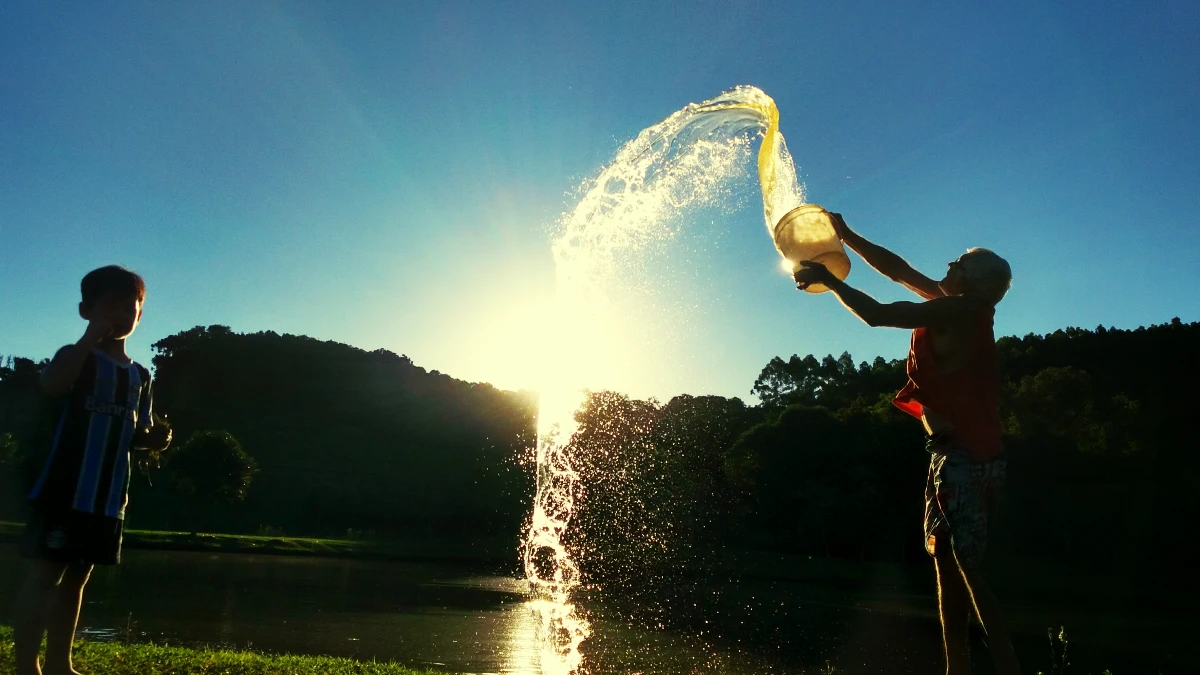
Sun: Treat strawberries like solar-powered sugar factories. University of Minnesota Extension sets the benchmark: 10+ hours ideal; ≥6 hours minimum for decent yields and sweetness. Balcony growers: track actual sun with a phone app for a week—you may be getting less than you think. Move planters to chase light if needed.
Water: For established plants, plan on ~1–1.5 inches of water per week (rain + irrigation). OSU Extension advises keeping foliage dry—drip/soaker or top-water carefully at the soil level to cut gray mold risk. In hot, windy spells or in hanging baskets/fabric bags, frequency rises; water when the top 2–3 cm (1″) of mix is dry, and water until runoff. Morning is best; in heatwaves, a light evening top-up may be warranted.
Feeding (containers): At planting, blend a slow-release, balanced fertilizer into the potting mix per label, then switch to a high-potassium (tomato-type) liquid feed weekly or fortnightly through the fruiting season. The Royal Horticultural Society explicitly recommends this cadence for potted strawberries. For day-neutral varieties that fruit over many months, modest, regular nitrogen keeps plants from stalling—OSU day-neutral guidance emphasizes steady in-season nutrition (commercial rates translate to “little-and-often” for home gardeners). Don’t overdo nitrogen or you’ll get leaves over berries.
Heat pause reality check: If your berries slow down mid-summer, it’s not always a nutrient issue. Iowa State University’s Yard & Garden notes day-neutral strawberries often pause flowering above ~80–85°F (27–29°C), resuming as nights cool. Focus on water, shade the container sides if they’re scorching, and wait for the next flush.
Soil & pH for Container Strawberries
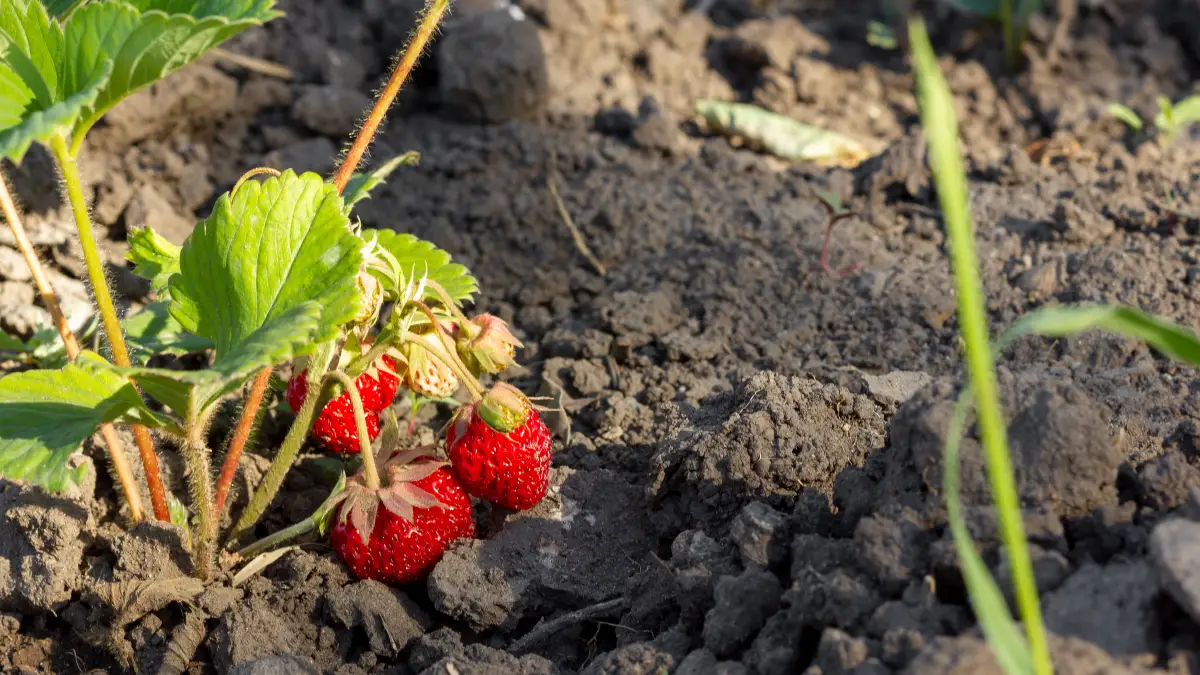
For steady yields, dial in strawberry soil pH and use the right potting mix for strawberries. University of Minnesota Extension sets the sweet spot at pH ~5.3–6.5—slightly acidic. If your mix tests above that, you’ll see nutrient lockout (yellowing, poor vigor). Test before planting; small home soil/soilless pH meters or strips are fine. If your tap water is alkaline, favor rainwater for irrigation or use a fertilizer that buffers pH.
Choose a soilless potting mix, not garden soil. Penn State Extension recommends peat- or coir-based media blended with perlite/vermiculite (and often bark fines) for drainage, porosity, and fewer soilborne disease problems—critical in containers. You can buy a high-quality bagged mix or blend your own from those components; avoid heavy “topsoil” products. Mix lightly in the container so roots can spread, then top with a thin mulch (straw, coco chips) to slow evaporation and protect fruit.
At planting, it’s smart to blend a slow-release fertilizer into the mix at label rates; this gives a base feed while you layer in liquid feeding during fruiting. Oregon State University Extension specifically notes slow-release incorporation for strawberries in containers. Re-charge with liquid feeds during the season (see the feeding section).
Best Strawberry Varieties for Containers
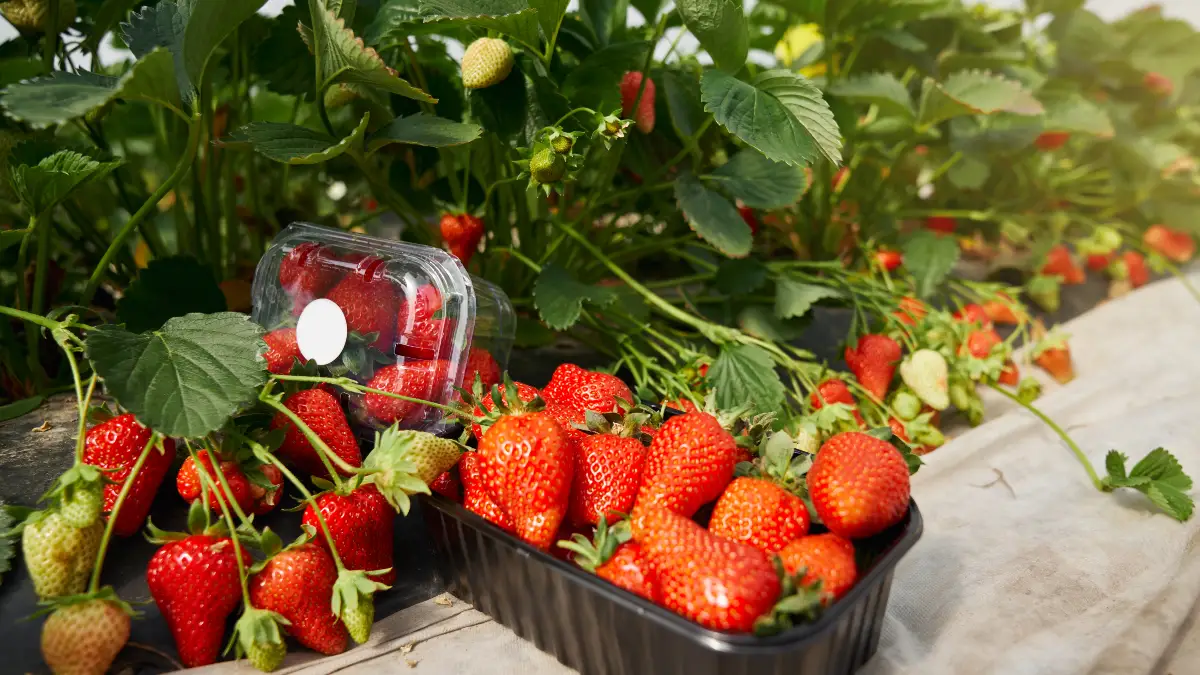
For containers, day-neutral strawberries are the workhorses: they flower across the season and send fewer runners, so more energy goes to fruit. University of Minnesota Extension’s multi-year trials consistently rate Albion, Seascape, Monterey, San Andreas, and Evie-2 as reliable performers in the Upper Midwest; their work also found Albion and San Andreas among the sweetest, with Portola often highest-yielding (though less sweet). In pots, that balance—steady flowering plus manageable runners—translates to more bowls of berries.
What’s new for 2025: UC Davis released two day-neutral cultivars—UC Golden Gate and UC Keystone—in 2023 with traits targeted at high yield and disease resistance (notably Fusarium wilt). These are moving through licensing and nursery pipelines; some U.S. retailers (e.g., Pense Berry Farm) and international licensees note growing availability for 2025. For home container gardeners, that means more choices—especially in hot-summer regions where UC genetics are widely field-tested. Check local nurseries and reputable mail-order sources early; demand is high.
Match variety to climate:
- Hot summers: Prioritize day-neutrals proven in warm programs (e.g., Albion, San Andreas, Monterey; UC Golden Gate/Keystone as they reach retail). Provide afternoon sun plus excellent watering/feeding.
- Cool/moderate summers: Most day-neutrals above perform well; trial 2–3 varieties to learn your microclimate and container setup. (UMN trials emphasize testing a few cultivars on your site.)
Quick Planting Guide
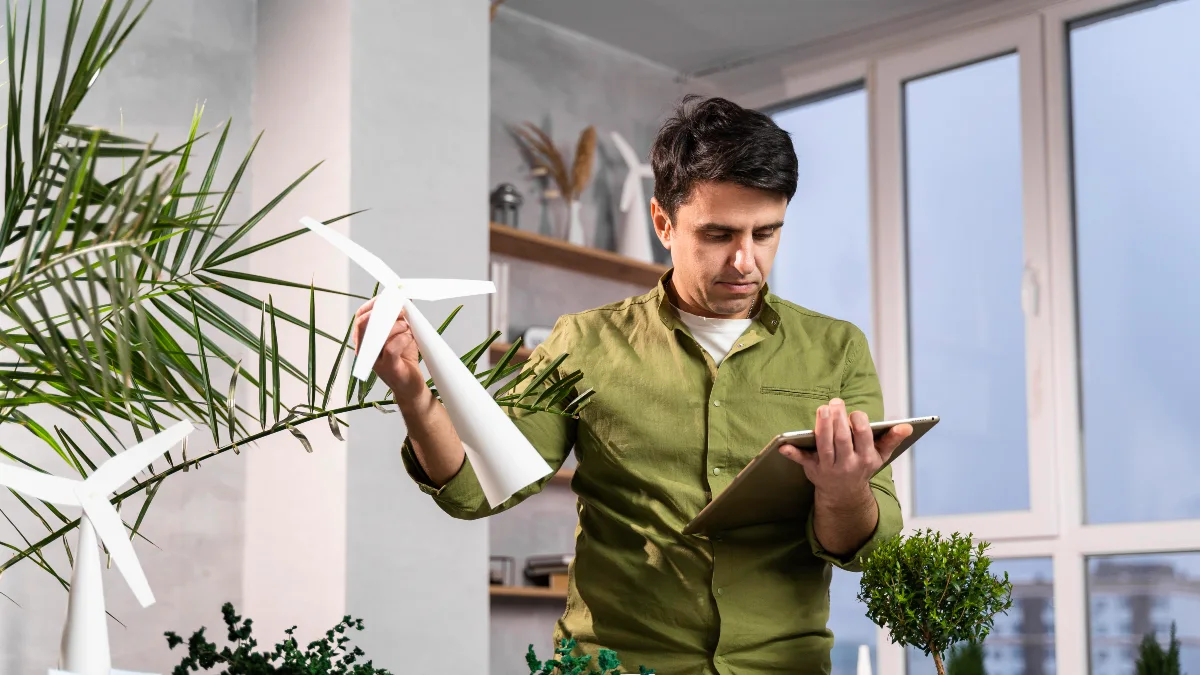
When to plant: Set up containers in early spring and protect from frost (move pots under cover on freeze nights). Iowa State University’s Yard and Garden notes spring start for containers and emphasizes not to plant too deep in the pot.
Crown planting depth: Whether you plant strawberries in containers as bare-root or potted starts, the rule is non-negotiable: set the crown exactly at soil level—not buried, not exposed. Yard and Garden spells it out plainly, and Penn State reiterates “mid-crown” as the correct depth for plugs. Water in thoroughly after planting.
First fruit timing: From open flower to red, ripe fruit is typically ~28–30 days. Harvest as soon as berries color up to reduce gray mold risk and to keep plants cycling. (Penn State Extension).
Runner control: In containers, remove runners so energy goes to flowers and fruit—OSU Extension explicitly advises this for potted plants. Snip runners every 2–3 weeks; don’t let them dangle over the rim (they rarely root and only drain vigor).
Quick setup checklist:
- Pre-moisten your soilless mix and fill the pot.
- Place plants 6–8″ apart (a 12″ pot can hold 3–4 day-neutrals).
- Set crown at soil level; firm gently.
- Water in; add a light starter feed; mulch surface thinly.
Pests, Birds & Mold: Simple, Wildlife-Safe Protection
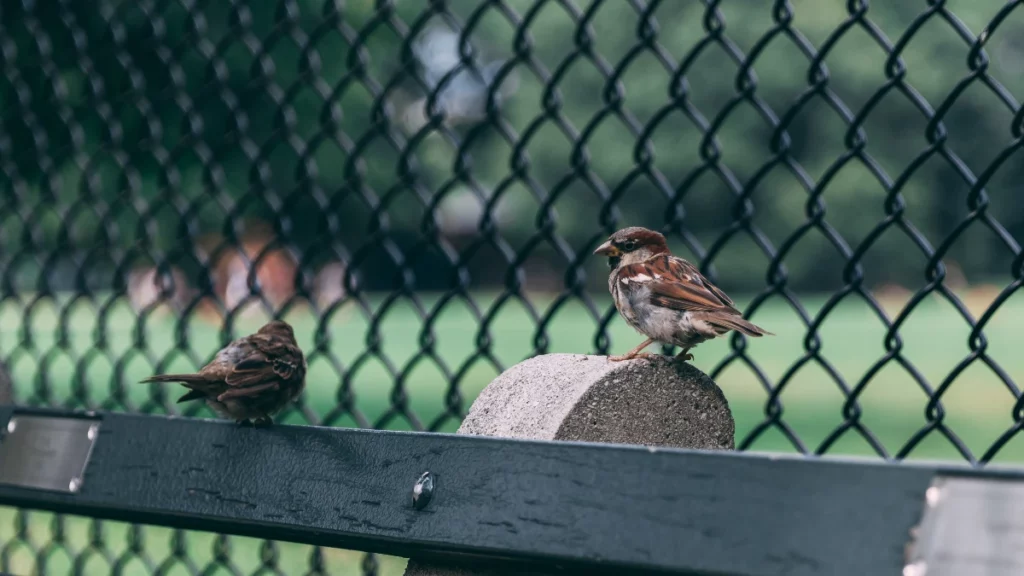
Birds (and other nibblers): Install protection before fruit blush so wildlife never “discovers” the patch. Homes & Gardens’ experts recommend wildlife-safe netting over simple frames or cages—fine ~5 mm mesh that excludes birds but avoids entanglement—and highlight individual organza/mesh bags as a low-cost, breathable barrier for single fruits and small clusters (great for balcony planters). Keep netting taut, secured at the base, and remove promptly after harvest.
Gray mold (Botrytis): This is the #1 fruit rot in damp weather. Cultural control from the PNW Plant Disease Management Handbook: keep leaves and fruit dry (drip/soaker is best), harvest often, remove overripe fruit, and maintain airflow (don’t overcrowd). Water at the base in the morning so surfaces dry quickly; avoid evening overhead watering. In severe seasons, commercial growers rotate fungicides, but home container gardeners usually succeed with sanitation + dry foliage + tight harvest intervals.
Vine weevil in containers: If plants suddenly wilt and lift easily, check roots. The Royal Horticultural Society describes the tell-tale larvae: plump, C-shaped, white grubs (to ~10 mm) with tan heads—common in pots. Refresh potting mix yearly, isolate any suspect plants, and use biological nematodes (per label) in spring/early autumn where available. Quarantine new purchases for a week and inspect rootballs before potting into your main tower or trough.
Fast fixes that prevent headaches: net/bag early, water at soil level, thin to restore airflow, pick ripe berries every 1–3 days, and replace or pasteurize media between seasons to reset pest pressure.
Overwintering & Season Strategy
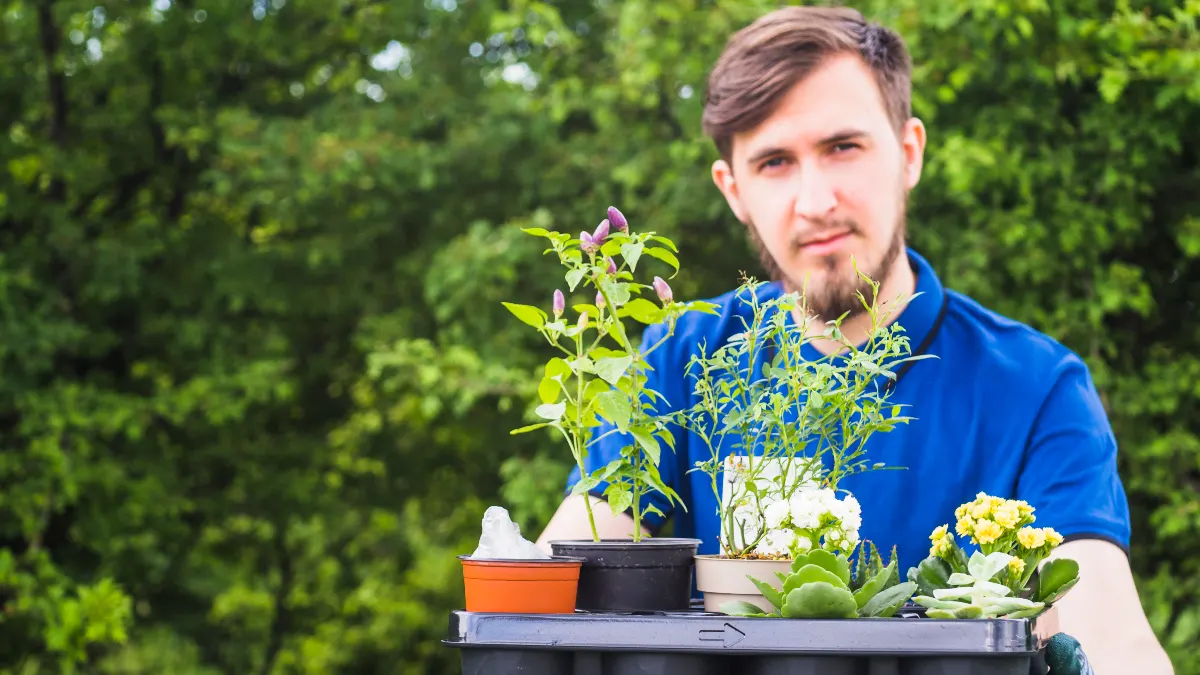
For most small-space growers, the simplest plan is to treat day-neutrals as a “day-neutral annual” crop: enjoy heavy production the first season, then replant each spring. Iowa State University’s Yard and Garden notes that strawberries in containers are often damaged or destroyed outdoors over winter, and recommends either discarding and replanting or moving pots to protection. University of Minnesota Extension likewise advises shifting container strawberries to a space that stays about 20–40°F (−6 to 4°C) through winter if you choose to keep them.
If you do overwinter strawberries in containers: wait until plants are fully dormant, then move pots into an unheated garage or similar area that reliably sits ~20–40°F. Where that’s not possible, sink pots into the ground or insulate heavily with straw/leaves to buffer temperature swings. Injury risk climbs quickly as temperatures dip below ~20°F; unprotected crowns, buds, and containerized rootballs are especially vulnerable. Check moisture every few weeks and water lightly so the mix never dries out completely (do not keep soggy). In late winter, ease plants back toward light and above-freezing temps, then prune out dead tissue and resume feeding once growth restarts. (Iowa State University Yard and Garden; University of Minnesota Extension.)
One-Weekend DIYs: Pallet, Hanging, & Vertical Setups
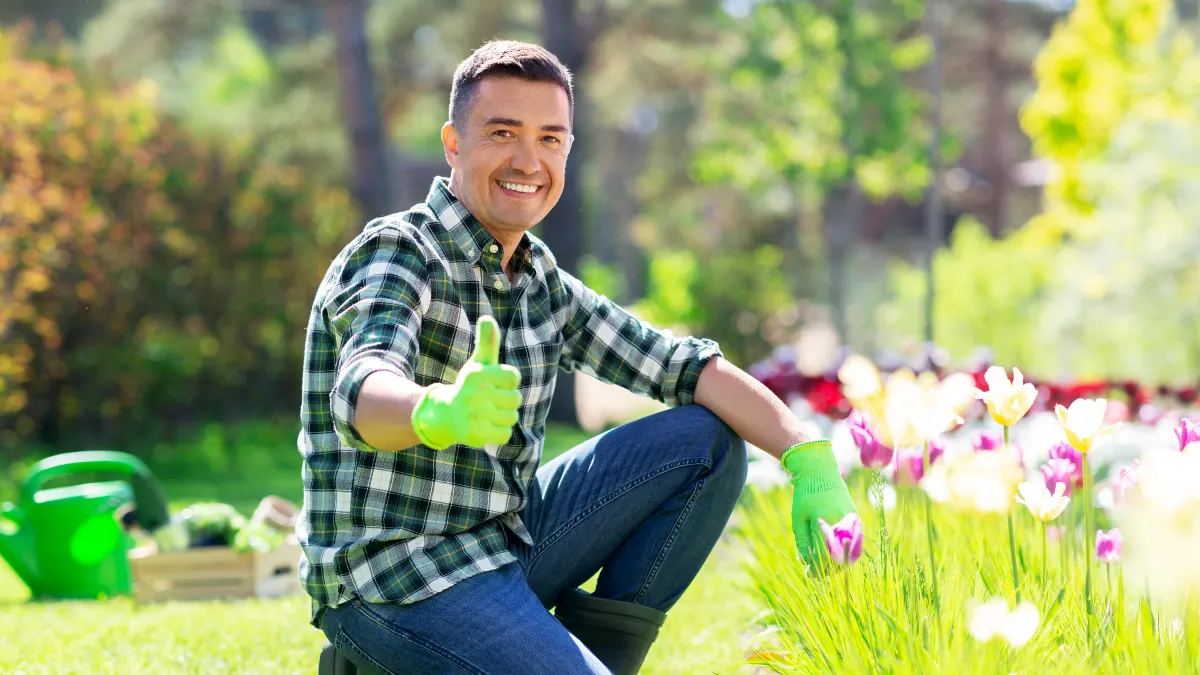
DIY pallet planter (compact “box” style, ~12 plants).
Use a heat-treated (HT) pallet, dismantle and rebuild as a lined box (landscape fabric + staples), then fill with quality soilless mix. Plant 2 rows on top and add side slits for extra pockets if desired; water slowly the first week to settle mix. Lovely Greens provides a detailed build + planting walkthrough (updated 2024) that shows lining, filling, and spacing for a dense but ventilated layout—perfect as a DIY strawberry planter on patios.
Hanging basket how-to (12–14″ basket, 2–4 plants).
Line a rigid basket (coir or moss liner), punch extra drainage if needed, and pre-moisten mix. For a 12–14″ basket, plant 2–3 for easier watering and larger fruit; experienced growers sometimes do 4 plants in a 35 cm/14″ basket with vigilant irrigation. Keep crowns at soil level, tuck a thin mulch on top to slow drying, and hang where you’ll hit 6–10+ hours of sun. (Savvy Gardening; BBC Gardeners’ World.)
Vertical pocket tower (stackable system; 1 plant/pocket).
For maximum yield per square foot, a vertical strawberry planter like the GreenStalk 5-tier (30 pockets; ~19″ W × 55″ H; ~40 gal media) is plug-and-play. Plant one strawberry per pocket, rotate the tower weekly so all sides get sun, and top-fill the built-in reservoir so each tier receives even moisture. Add a simple drip or timed fill routine to keep the profile evenly moist in hot weather. Specs from GreenStalk confirm the capacity and pocket count so you can plan plants and mix accurately.
Conclusion
Choose appropriately sized containers (about 12″ wide and 8–10″ deep or larger), deliver 10+ hours of sun when possible, and water 1–1.5 inches per week total (rain + irrigation), keeping foliage dry. In containers, feed little-and-often—start with a slow-release at planting, then run a high-potash liquid feed weekly through peak fruiting. Pick every 1–3 days once berries start to color, and net early so birds never learn your schedule. These numbers and routines come straight from University of Minnesota Extension (light requirements) and Oregon State University Extension (watering and container care), adapted for small-space setups. Start with one planter style this weekend—then scale with a stackable vertical system once you see how much a balcony can produce. strawberry planter ideas, vertical strawberry planter.

